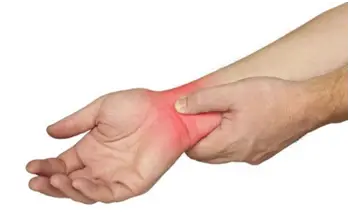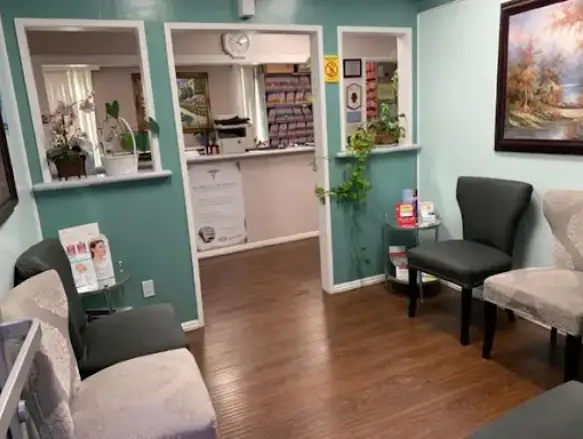Wrist & Thumb Injury
Get In Touch
Call Now
Monday to Friday
9:00 AM To 6:00 PM
Saturday and Sunday
Closed

Wrist and thumb sprains
- Are also common, particularly in sports like skiing, where it’s not unusual to fall and land on an outstretched palm.
- Spraining your wrist means that you have damaged one of the ligaments in the wrist, usually by bending or forcing it out of place
- The severity of a sprain is usually graded according to the injury:
- Grade 1 sprains are when the ligament is stretched rather than torn
- Grade 2 sprains can involve a ligament being partly torn, which can affect your range of movement
- Grade 3 sprains are when the ligament is torn, sometimes fracturing the bone as it tears (avulsion fracture).
- Some wrist ligament tears can cause long term instability of the wrist and ultimately arthritis.
Causes
Wrist sprains are often caused by falling onto an outstretched hand for example when ice skating or during contact sports such as football or rugby.
Symptoms
- These include pain, swelling, bruising, and tenderness
- It’s important to see a doctor as soon as possible to avoid long term problems including limited movement
Diagnosis
- After a discussion of how the injury happened,
- Doctor examine your wrist
- Confirm the diagnosis with X-rays to see if any bones are broken, and possibly an MRI or CT scan to assess damage to the ligaments
Treatment
- Applying ice (crushed in a towel) several times a day.
- Resting the wrist and elevating it (raising it above the heart) can help.
- Taking anti-inflammatory medication if advised by your doctor.
- Non-operative treatment:this includes
- Wearing a splint or elasticated bandage
- Gently exercising the wrist to help build strength and flexibility.
- Surgery: you recover (this usually takes around six weeks)
- if you have had a Grade 3 sprain
- you may need surgery to reconnect the ligament to the bone.
- Some ligament tears are crucial to detect and repair early, otherwise late damage and arthritis can develop. Afterwards you will usually be given exercises to rebuild strength and increase your range of movement while
This information is only a guideline to help you understand your treatment and what to expect. Everyone is different and your rehabilitation may be quicker or slower than other people’s. Please contact us for advice if you’re worried about any aspect of your health or recovery.
Sprained Thumb
- Sprained thumb occurs when the ligaments that support the thumb stretch beyond their limits or tear.
- This usually happens when a strong force bends the thumb backwards, away from the palm of the hand.
- The most common way for this to occur is by falling onto an outstretched hand.
- Most thumb sprains involve the ulnar collateral ligament, which is located on the inside of the knuckle joint.
- A tear to this ligament can be painful and may make your thumb feel unstable. It may also weaken your ability to grasp objects between your thumb and index finger.
- Treatment for a sprained thumb usually involves wearing a splint or cast to keep the thumb from moving while the ligament heals. For more severe sprains, surgery may be needed to restore stability to the joint.
What Patients Say
Our Testimonials
Why patients trust Dr. Farah with their health

Came in with a headache and started to feel sick. Had a big trip for New Years, therefore I had to solve my problems quickly. Dr. Farah helped me right away and treated all my problems, he saved my weekend. Will come here again soon.
Melanie Warner

I was in a lot of pain and I walked in and the receptionist was so lovely. I was into see the doctor within five minutes and he listened to me and was wonderful. I’ve been to a few urgent cares and this one by far is the best !
Tiffany Lee-Frank

I absolutely love Dr Farah and his whole staff on the medical and the spa side. I’m not just saying this, Dr Farah has been my doctor over 10 years and I’ve been using his Rejuvenate spa for about 4 years now. I would give them 10 stars if I could!!!
Lori Brooks

Ashley and Anna are friendly and made me feel welcome and at ease. Dr. Farah was very understanding and answered all my stupid questions. They were all very professional and patient with me.
juli ross
Providing Urgent Care for non-life-threatening health complications

Urgent care services
Monday to Friday
9:00 AM To 6:00 PM
Saturday and Sunday
Closed
17130 Ventura Boulevard,
Encino California 91316






